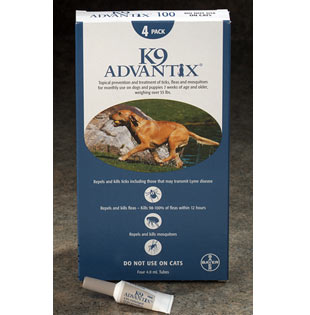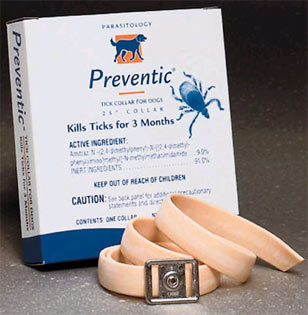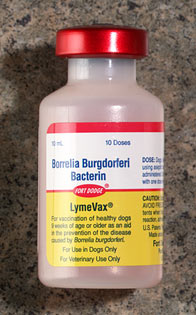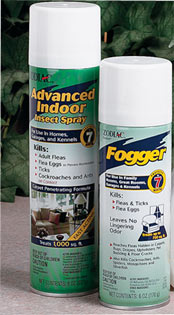
|
||
Basics of Jack Russell Terrier Care
Jack Russell Terrier care is so important. By being prepared before you bring your Jack Russel home, and then by following some of the tips on this page, you'll be off to a strong start in helping your Jack live a health and illness free life.
What You Should Buy Before Bringing Home Your Jack Russell Terrier PuppyYou'll need a couple of items before you bring your Jack
Russell home. Being prepared is key. Also, buy stronger
products as Jacks are energetic and curious, so buying more durable
items make sense.
To keep your dog healthy, it's important to develop a Jack Russell Terrier care plan regarding wellness and illness prevention. This includes: 1. Spaying and Neutering - this occurs at about 6 months of age and before the first heat in females. There are several known Jack Russell Terrier care benefits including helping to control the population of unwanted dogs not to mention in males benefits such as reducing the risk of perineal hernias, penile tumors, prostate cancer and canine testicular cancer. In Jack Russell Terrier females neutering benefits include mammary cancer prevention. Neutering in general helps to reduce aggressive Jack Russell behavior. 2. Food and nutrition: Our rule of thumb is the first only buy AAFCO approved dog foods that state that the food was "tested and found to be adequate" Do not buy AAFCO dog food that states the food is "formulated to meet AAFCO standards" as this is the lowest level of certification. If a food meets the "tested and found to be adequate" standard it is find for your Jack Russell Terrier regardless of cost. Puppies eat a kibble 4 times a day that is softened with warm water. Reduce the number of feedings to 3 at age 4 to 6 months. Feed 2 times a day at 6 months.; At one year, 1x a day or 2x a day per your veterinarians instructions. 3. Teething and dental care: A Jack Russell will have 30 baby teeth by 8 weeks old. These teeth will start to fall out at 6 to 7 months. Avoid habits such as having your pup jaw your hands to avoid problems late (a washcloth might be a better substitute). Be sure to buy a toothpaste that has enzymes and fluoride. 4. Regular Veterinary Visits - ask your Vet, but 2x a year for preventive care is normal Ask about vaccination schedules and dental care such as teeth cleaning. 5. Microchip insertion - when you have your dog neutered have a microchip implanted. This way if you Jack gets lost, it can be returned to you by any shelter. 6. Get Dog Health Insurance: Dog medical care is getting as expensive as human care, be sure to get a good pet health insurance policy. To compare rates we suggest looking at pet health insurance policies from Pets Best (the first company to ever offer dog health insurance in the United States). 7. Put together a Dog First Aid Kit. Your Jack Russell Terrier care emergency kit should include:
8. Plan for External Parasite Control for Dog Fleas, Ticks, Worms and other Internal Parasites There are many parasite control products for pets, including once-a-month topical products, sprays, powders, dips, shampoos, and collars. Once-a-month Topicals: are applied to a small area on the back of the pet, are probably the easiest product to use, and generally, last the longest. Some kill fleas and ticks, and others just fleas, so check the label carefully. Ingredients generally include permethrin, pyrethrin, or fipronil. Examples of these products include Bio Spot for Dogs and Frontline.(check package, for example Frontline cannot be used on dogs under 8 weeks of age). Sprays: Flea and tick control spray can come as aerosols or pump bottles. When using a spray, you do not have to soak the pet with the spray, but be sure to spray all parts of the animal. Spray a small amount on a cotton ball to apply the product around the eyes and ears. Do not get any of these products in the eyes. Follow your veterinarian's and the manufacturer's
directions on how often to spray, and spray in a well-ventilated area.
Sprays often contain permethrin or pyrethrin. Do NOT use products
containing permethrin on cats, as it can be deadly.
Medications: There are several advantages to using a flea table on dogs, particularly those brought home from a rescue that might have been exposed to fleas:
Shampoos: Flea and tick shampoo help to primarily rid the pet of the ticks it already has on it, although some have residual activity. To properly use a flea and tick shampoo as part of your
Jack Russell Terrier care program, you must be sure
to work the shampoo in over the entire body and then leave it on at
least 10 minutes before you rinse it off. This is true of almost any
medicated shampoo. Again, remember to protect the eyes and ears of the
pet for the best Jack Russell Terrier care. Be sure to cut off any excess portion of the collar after you have properly applied it. Otherwise, that animal, or other pets may try to chew on the end. Check the package for information on duration of effectiveness since many collars lose effectiveness when they get wet, e.g., if your dog swims a lot. Watch carefully for any irritation under the collar. If this occurs, you may need to use a different product. As mentioned above, the Preventic Tick Collar does an excellent job controlling ticks. While flea and tick products do a very good job of preventing infestations or controlling an existing problem, none are 100% effective all of the time. It's always a good idea to check your pet for ticks
occasionally, especially after a trip to the woods or grassy field. If
you do find an attached tick, read How
to Remove a Tick
before going it on your own.
Your veterinarian can tell you if this extra precaution is a good idea for your area. Dog Ticks:Ticks can cause a variety of medical problems for your dog, including Lyme disease and Rocky Mountain Spotted Fever. In large enough numbers, ticks can cause dangerous amounts of blood loss, especially in young animals. An effective tick control program is essential to your best Jack Russell Terrier care and health, and always involves treating both the environment and the animal. Environmental Tick Control Tick control in the environment generally involves treating the yard and kennel areas. I prefer an environmentally-safe spray containing fenvalerate for this purpose. Follow product directions carefully. You may need to spray every 7 to 14 days during peak tick months. Remember that cold, frosty fall weather does not kill ticks (in fact, that is when deer tick numbers are usually at their peak), so treat your yard well into the fall and early winter to provide for the best Jack Russell Terrier care. Regardless of the product used, remember not to spray where run-off could go into lakes or rivers. Removing leaves and clearing brush and tall grass from around the house and kennel areas can also help reduce the number of ticks and provide the best Jack Russell Terrier care. The Brown Dog Tick, Rhipicephalus sanguineus is the most
troublesome tick in kennels and yards and is found almost everywhere.
It can complete its life cycle in about 2 months, and although
uncommon, it can become established indoors.
If you do encounter an indoor tick problem, use a flea and tick fogger, spray or powder. Fog as you would for fleas. In the house, ticks tend to crawl to a higher area (like they do in grass). They may be found in cracks around windows and doors. Because of this tendency and the fact that ticks crawl, and do not jump or fly, another option is to apply a 1-foot barrier of insecticide such as a flea and tick spray or powder where the carpet meets the wall around the entire room. As a result, ticks moving to the walls to climb higher will come in contact with the insecticide and be killed. And, finally, remember to wash your pet's bedding regularly for the best Jack Russell Terrier care. Please share your Jack Russell Terrier Care tips by filling out the form below.
Have a Jack Russell Terrier Care Related Question for our Vet or Readers?Do you have a Jack Russell Terrier care problem or question. We'll select one question each week for a response from our staff veterinarian. What Other Visitors Have Asked about Jack Russell Terrier Care or Suggested about Jack Russell HealthClick below to see contributions from other visitors to this page...
Excessive Dog Hair Shedding and Shaving
Dog Sleeping A Lot Not rated yet
Dog First Heat Cycle Bleeding Not rated yet
Help for a Dog Bleeding from Rear Not rated yet
Help for a Dog Licking Feet Problem Not rated yet
Return from Jack Russell Terrier Care to Home Page |

|
|
|
|
||
|
Copyright©
2006-2020 Jack-Russell-Terrier-Pictures.com
|
||

 Powders:
Powders:  Collars:
Collars: 

